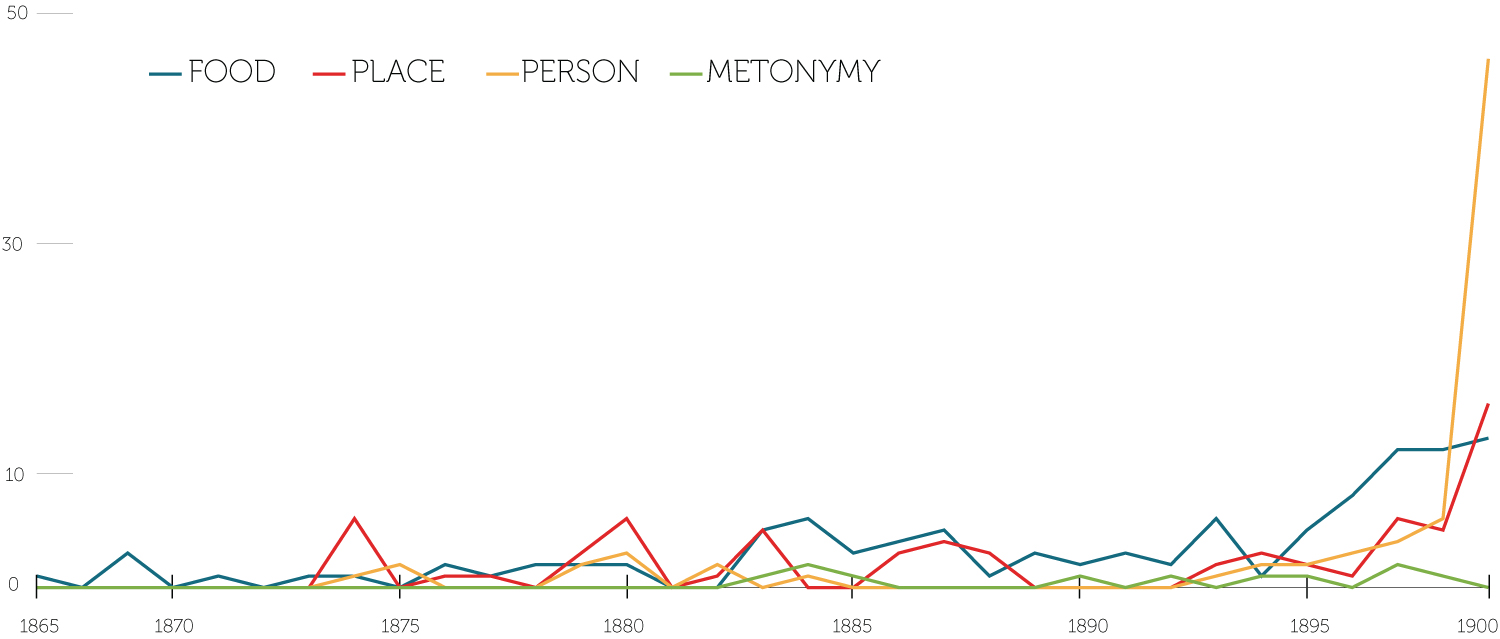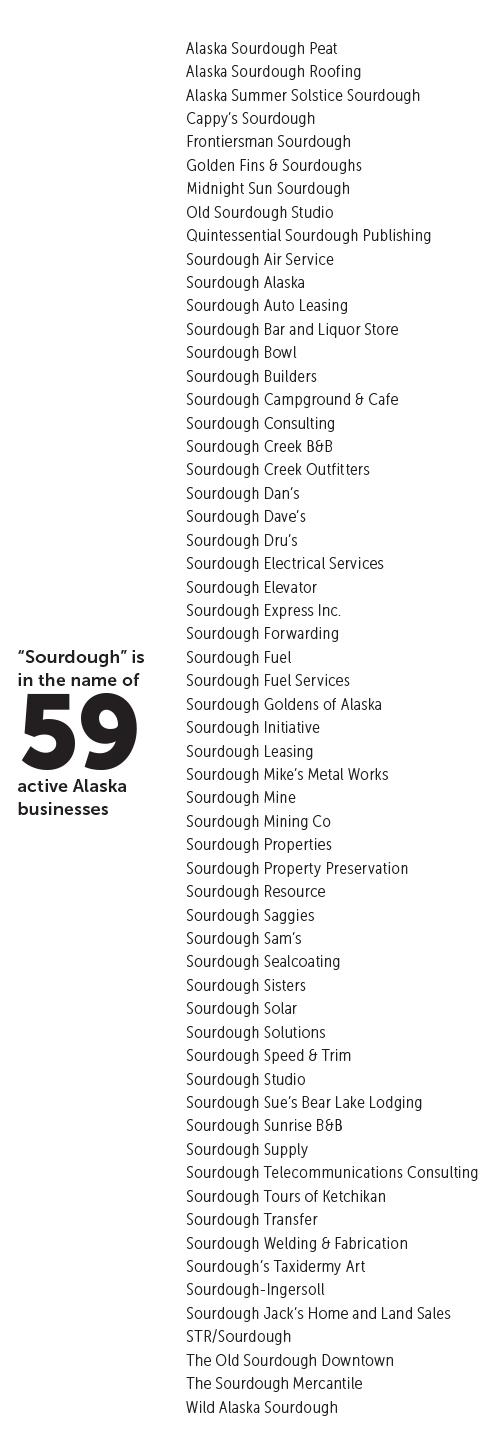Alaska Trends
et’s not overstate the explosion of popularity that sourdough bread enjoyed in the early days of the COVID-19 pandemic. Yes, as Vanessa Orr’s “Sourdough Lives” reports, home baking experienced such a surge in March 2020 that stores ran short of baker’s yeast. Bakers improvised with wild yeast, which in symbiosis with acid-secreting bacteria gives sourdough its distinct flavor and texture.
However, an article from a month before the COVID-19 lockdown was already reporting that sourdough bread was on the rise (so to speak). And, as is not uncommon for such trend pieces, the same phenomenon was reported years earlier, a perennial novelty.
Sourdough has been perpetually popular in Alaska at least since the Gold Rush of 1898. Much of that history is documented in Susannah T. Dowds’ 2017 master’s thesis for a degree in Northern Studies from UAF, which informed “Sourdough Lives” and this edition of Alaska Trends. By counting references in newspapers, Dowds documented an explosion in mentions after Klondike stampeders survived their first winter. Many of those were reprints of a March 1899 wedding announcement from a Koyukuk River gold camp that recorded this marriage vow:
I’ll love and protect her, this maiden so frail
From those sourdough bums on the Koyukuk trail.
Ever since, sourdough has been part of Alaska’s cultural identity, both the food and the name. Even cheechakos can participate with little more than a jar of flour and water, tended carefully like a microbial pet.
Now, before this introduction goes stale, here are some hot and fresh facts about sourdough.![]()
To read about a business that dates to the Klondike Gold Rush, choose this article.



SOURCE: Nielsen

SOURCE: Grand View Research


SOURCE: Nielsen


